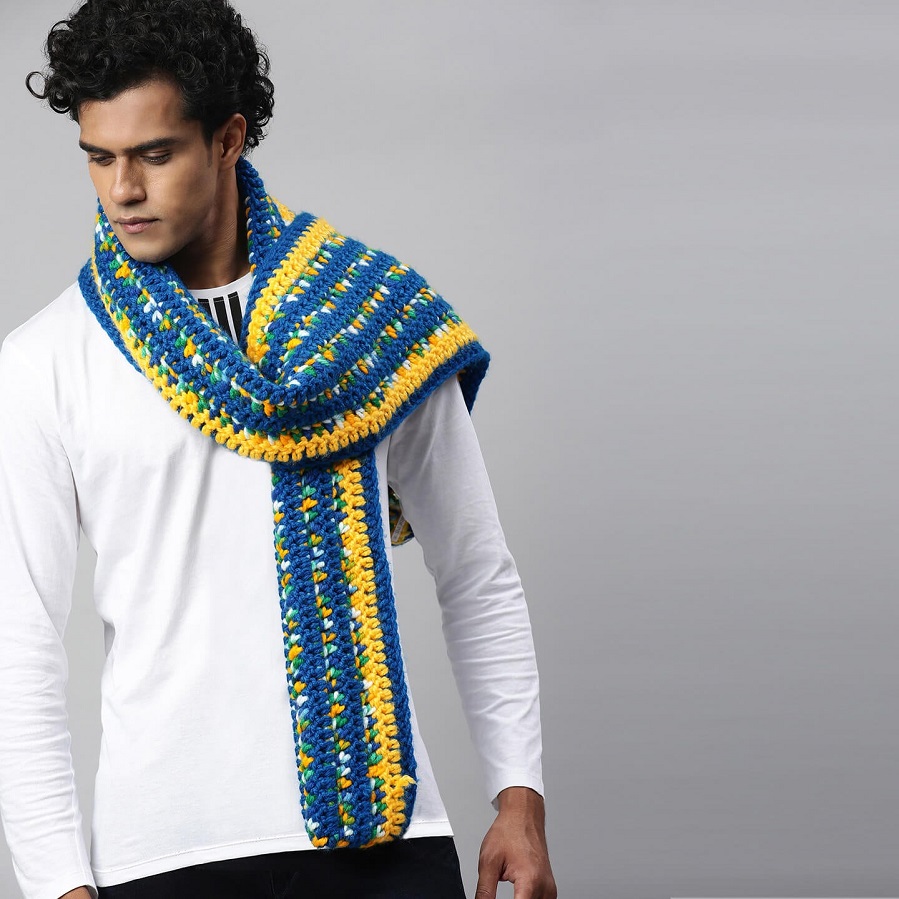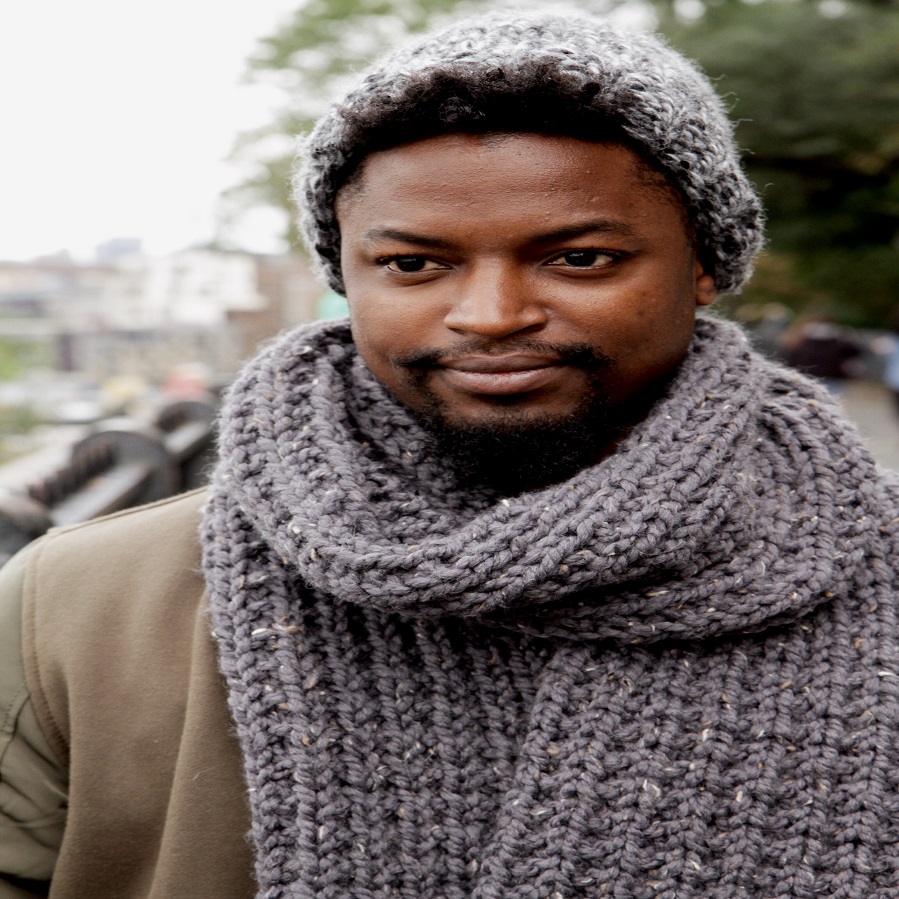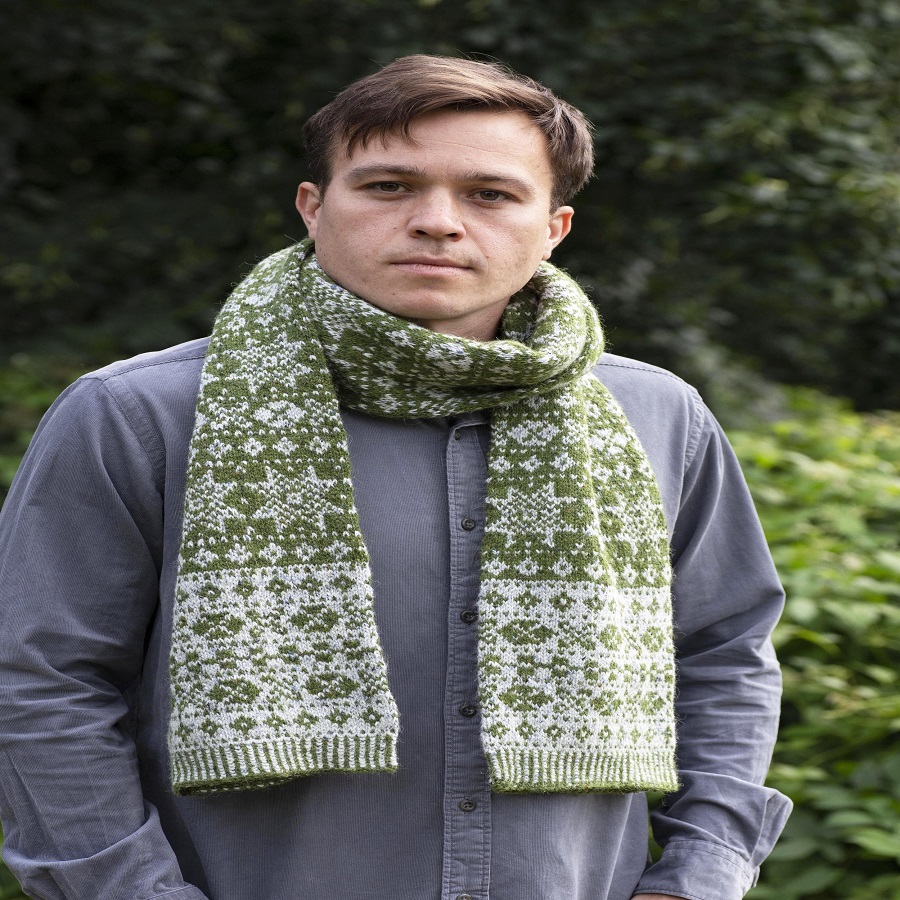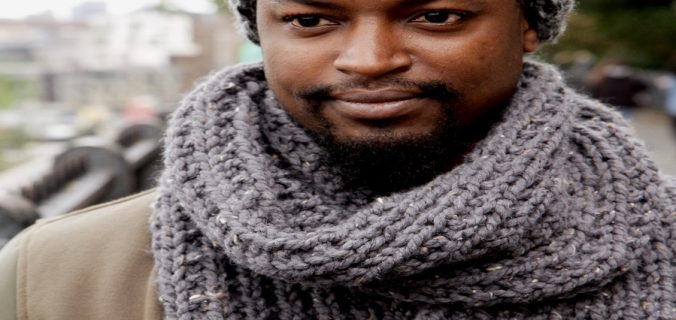The History of Scarf Fashion
Scarf designs have woven their way through history, reflecting style and utility across different cultures. As an accessory, scarves have stood the test of time, evolving with fashion trends and holding significance beyond mere adornment.
The Evolution of Scarves through the Ages
Scarves date back to ancient civilizations, serving various roles from the practical to the status-defining. In ancient Egypt, scarves signified rank and were a staple for nobles. Meanwhile, the Romans adopted scarves for cleanliness, using them to wipe sweat during hot days. Over time, eastern countries wove scarves into their traditions, with intricate designs that showcased skilled craftsmanship. In the western world, scarves transitioned from utilitarian purposes to fashion statements, particularly for women in the 19th century who embraced them as symbols of sophistication.
Iconic Scarfs in Fashion History
When discussing iconic scarf designs, certain names and moments in fashion history stand tall. Audrey Hepburn’s Hermes scarf in the film ‘Breakfast at Tiffany’s’ set a trend that reverberated throughout the 1960s. Similarly, Queen Elizabeth II has been seen with her collection of silk scarves, making them a part of her distinguished style. And who can forget the legendary keffiyehs, worn both for practical reasons in Middle Eastern regions and as a political symbol elsewhere? Scarves have undoubtedly made a mark, proving themselves as versatile elements in the world of fashion.
Types of Scarves and Their Characteristics
When it comes to scarf designs, the variety is endless. Materials and shapes play crucial roles.
Material Matters: Silk, Wool, Cotton, and More
Scarves come in many materials, each with distinct qualities. Silk scarves are luxurious and offer a sleek shine, ideal for formal events. Wool provides warmth, making it perfect for chilly weather. Cotton is soft and breathable, suitable for everyday use. Each material affects a scarf’s look, feel, and function.
Shapes and Sizes: Exploring Varieties
Scarves also vary in shape and size, affecting how they’re worn. Square scarves ofte
Processed with VSCO with s2 preset n fold into triangles for classic looks. Long, rectangular pieces create elegant wraps. Infinity scarves loop for easy styling. The choice of shape and size can define a scarf’s versatility and style impact.
n fold into triangles for classic looks. Long, rectangular pieces create elegant wraps. Infinity scarves loop for easy styling. The choice of shape and size can define a scarf’s versatility and style impact.
Current Trends in Scarf Design
The world of fashion is ever-changing, with scarf designs leading the charge. Designers blend traditional craftsmanship with contemporary aesthetics to create stunning pieces. Today, scarf designs draw inspiration from a myriad of sources, resulting in a rich blend of styles suited to a variety of tastes and occasions.
Popular Patterns and Prints
Patterns and prints are at the forefront of trendsetting scarf designs. Classic patterns like plaids and paisleys remain popular for their timeless appeal. However, bold geometrics and florals have seen a resurgence, offering a modern twist. Animal prints bring a wild edge to scarf fashion, while abstract designs offer an artistic flair. In the choice of pattern, personal style meets trend awareness.
Celebrity-Inspired Styles
Celebrities often influence fashion trends, and scarves are no exception. From red carpet events to casual street style, famous personalities showcase how scarves can elevate any look. Recently, oversized scarves have become a celebrity favorite for both their style and practicality. Bandana scarves worn as headbands or neckties also find their way into the spotlight, thanks to trendsetting celebrities. These styles not only create iconic looks but also inspire fans to experiment with their scarf designs.
The Art of Scarf Making
The creation of scarf designs is not just a fashion statement, but also an art form. The process involves skillful craftsmanship and a deep understanding of different materials and techniques.
Traditional Weaving Techniques
Traditional weaving forms the foundation of scarf making. Artisans use time-honored methods to weave fabric. They choose fibers like silk or wool and weave them on looms. Some regions have signature weaving styles that have passed down through generations. Techniques like ikat, where artisans dye threads before weaving, result in intricate patterns. Hand-block printing is another traditional method. Here, carved wooden blocks stamp designs onto fabric, creating unique patterns. These techniques give traditional scarves a rich textural and visual depth that machine-made scarves often lack.
Modern Innovations in Scarf Production
Yet, scarf designs have embraced the future with modern innovations. Digital printing now allows designers to place detailed images onto scarves with precision. This method is faster and can reproduce complex designs that were once impossible to create by hand. Advances in textile technology have also led to new synthetic materials. These materials resist wrinkles and require less care. Furthermore, eco-friendly initiatives in scarf production focus on sustainability. Brands increasingly use organic fabrics and non-toxic dyes. They aim to reduce the environmental impact of scarf manufacturing. Modern innovations also mean that scarves can now include smart textiles with integrated technology. These scarves might have built-in heating elements or UV protection, adding a functional edge to their stylish appeal.

How to Style Different Types of Scarves
Scarves offer a quick way to uplift any outfit. Knowing how to style them can make all the difference.
Knots, Loops, and Drapes: Tying Techniques
The way you tie your scarf can transform your look. Here are some go-to techniques:
- The Loop Through: Fold your scarf in half, drape it around your neck, and pull the ends through the loop.
- The Neck Wrap: Take a long scarf and wrap it several times around your neck for warmth and volume.
- The Classic Drape: Simply drape the scarf over your neck and let the ends hang down for an elegant touch.
- The Square Knot: For a neat, tidy look, tie the ends of the scarf into a square knot at the front.
- The Infinity Twist: With an infinity scarf, twist and loop it around your neck twice for a cozy fit.
Each method suits different scarf designs and occasions, so experiment to find your favorite styles.
Seasonal Styling Tips for Scarves
To look chic in any season, consider these tips:
- Spring: Opt for light cotton or silk scarves with floral prints to add a fresh vibe.
- Summer: Use a scarf as a headband or belt to accessorize without overheating.
- Autumn: Choose larger, woolly scarves in deeper shades for both fashion and function.
- Winter: Go for thick, knit scarves that can be looped several times for extra warmth.
Matching the scarf fabric and color with the season is key to stylish and appropriate attire.
Crafting Your Own Scarf Designs
Venturing into the creation of your own scarf designs can be an exciting endeavor. With the right materials and some basic skills, anyone can begin crafting scarves that showcase personal taste and creativity.
DIY Scarf Ideas for Beginners
Starting with simple projects is the best approach for beginners. Here are a few DIY ideas:
- Hand-paint a Silk Scarf: Use fabric paints to add unique patterns to a plain silk scarf.
- Crochet a Cozy Scarf: Learn basic crochet stitches and make a soft, woolen scarf perfect for colder months.
- Fashion a Fringed Cotton Scarf: Cut a piece of cotton fabric and add fringe for a casual, bohemian look.
- Sew a Reversible Scarf: Combine two different fabrics to create a scarf with dual style possibilities.
These simple projects require minimal tools and offer a great introduction to scarf making. They allow you to experiment with scarf designs without feeling overwhelmed.
Advanced Techniques for Experienced Crafters
For those who have mastered basic techniques, more complex designs await. Advanced crafting may involve:
- Weaving Intricate Patterns: Use a loom to weave detailed designs using techniques like ikat or tapestry weaving.
- Knitting with Luxurious Fibers: Work with high-quality wool, cashmere, or alpaca to knit scarves with a sumptuous feel.
- Embroidery and Embellishments: Enhance your scarf with hand-stitched embroidery or add beads and sequins for sparkle.
- Combining Textile Arts: Merge sewing, dyeing, and painting to create multi-textured, vibrant scarf designs.
Embracing more sophisticated methods can transform you into a skilled scarf artisan. Advanced techniques push the boundaries of creativity and result in truly unique, high-quality scarves.
The Role of Scarves in Culture and Identity
Scarves are not just fashion accessories; they’re emblems of cultural identity. Throughout history, scarf designs have been used to signify cultural affiliations and social status. In some cultures, the way a scarf is worn or its pattern can reveal one’s tribe, religion, or region. For example, Scottish tartans are closely associated with specific clans, and the colors and patterns woven into each scarf represent familial heritage.
For religious reasons, many women around the world wear scarves as head coverings, each style reflecting different traditions and interpretations. The hijab, worn by Muslim women, signifies modesty and has transcended into a fashion statement with diverse styles and fabrics to choose from.
Scarves as Cultural Symbols
Scarves hold profound symbolic meanings in many societies. They can be powerful national symbols or represent key historical events. Native American tribes, for instance, use specific colors and designs in their scarves that tell stories of their ancestry and land. During cultural festivals, scarves are often displayed prominently to celebrate heritage and tradition.
Scarves are also sported during traditional dances and ceremonies, becoming vital parts of the attire that carry rich symbolism. It’s not just about adorning oneself; it’s a way to connect with ancestors and maintain cultural practices.
Scarves in Contemporary Fashion and Political Movements
In modern times, scarves have found their place in political movements. The keffiyeh, originally a Middle Eastern headscarf, has been adopted globally as a symbol of solidarity and resistance. Scarf designs can also be a form of personal expression, showcasing individual beliefs and affiliations. For instance, wearing rainbow-colored scarves can be a supportive gesture towards LGBTQ+ rights.
Fashion designers are incorporating scarf designs into their collections to make statements or evoke certain emotions connected with social and political issues. These designs allow wearers to stand out and convey messages about causes they care about, making scarves potent tools for expression in contemporary society.
 Selecting the Perfect Scarf: A Buyer’s Guide
Selecting the Perfect Scarf: A Buyer’s Guide
Selecting the right scarf involves more than just picking a color or pattern that appeals to you, it’s about finding a quality piece that complements your wardrobe and withstands the test of time.
Qualities of a High-Quality Scarf
When shopping for scarves, look for these key qualities to ensure you’re getting a high-quality product:
- Material: Choose natural fibers like silk, wool, or cotton for comfort and longevity.
- Weave: Tight weaves mean the scarf will be durable and less likely to snag or tear.
- Finish: Examine the edges. Fine hems and neat fringes suggest careful craftsmanship.
- Colorfastness: The scarf should hold its color after washing and not bleed onto other garments.
- Softness: A good scarf feels soft against the skin, not itchy or rough.
- Weight: A scarf should be the right weight for its purpose, whether for warmth or as a summer accessory.
These elements can help assure that your scarf is both elegant and enduring.
How to Choose the Right Scarf for Your Outfit
Pairing a scarf with an outfit is an art. Follow these tips:
- Contrast: Use a scarf to add a pop of color to neutral outfits.
- Coordination: Match your scarf with at least one other item in your ensemble, like your shoes or bag.
- Occasion: Silk scarves are perfect for formal events, while wool is better for casual, cooler moments.
- Proportion: Balance your look with the right size scarf; longer ones for tall individuals, shorter for petite figures.
- Pattern Play: If your outfit is plain, a patterned scarf adds interest. Keep it simple with busier outfits.
Remember, the best scarf is one that speaks to your personal style and enhances your overall look.
